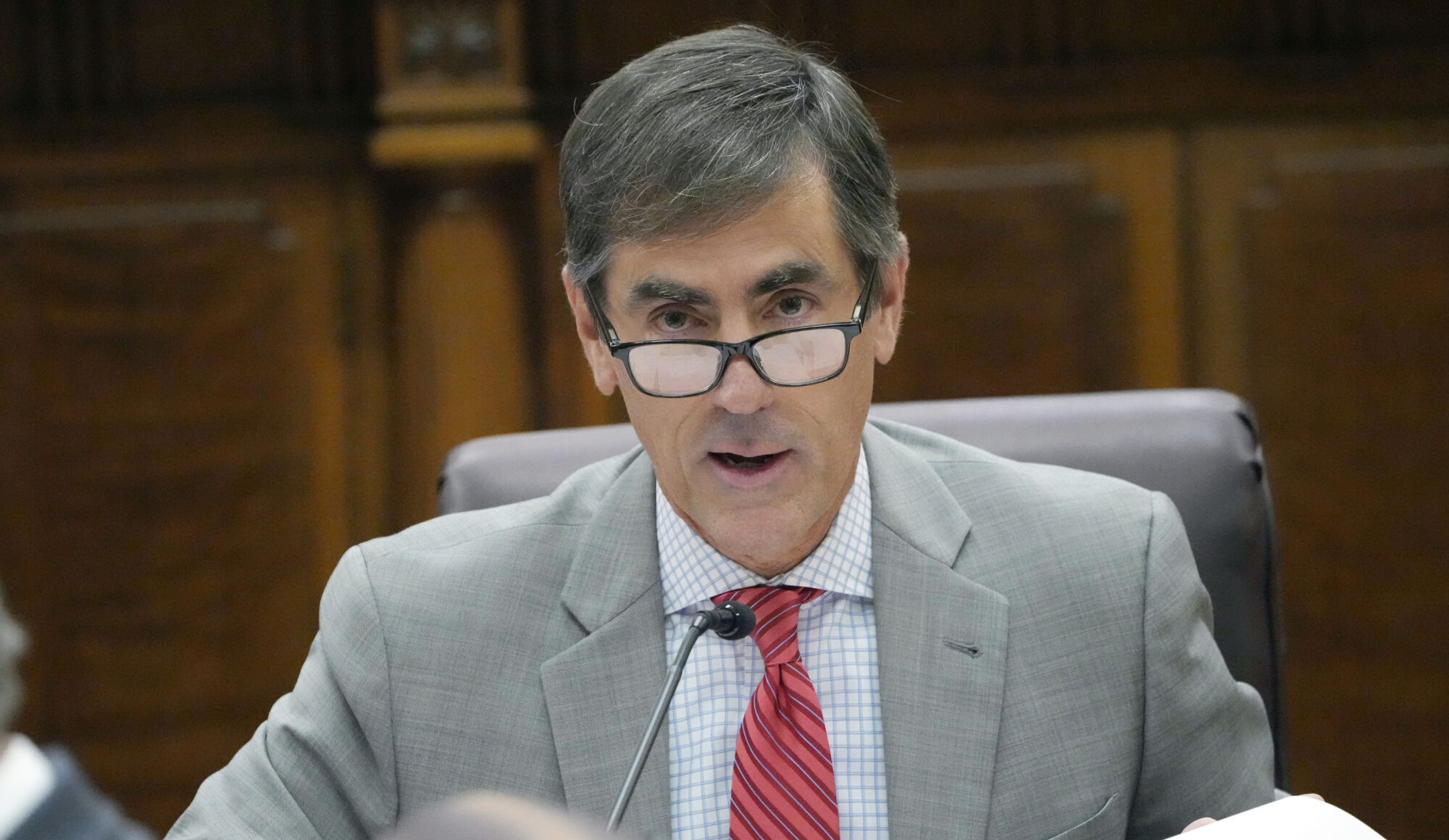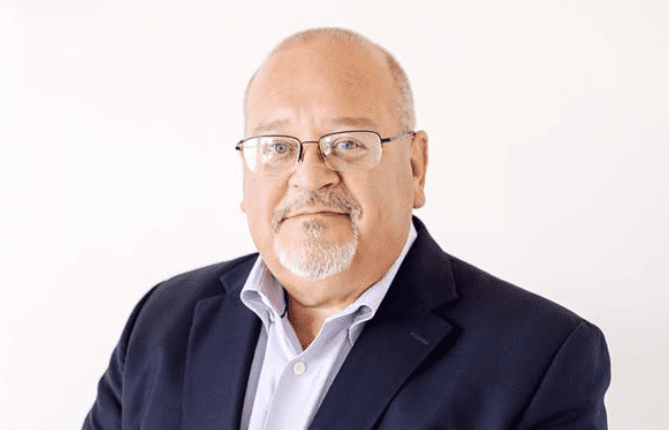
- Sam Taylor writes that the time has come for trustees to roll up their sleeves and get to work on making the difficult decisions needed to ensure PERS remains solvent.
With unfunded liabilities of $25 billion the state’s Public Employees’ Retirement System (PERS) is on an unsustainable path. Consequently, PERS’ board of trustees periodically and unilaterally increases contributions trying to shore up the system. Those contributions come from two sources: the employees pay 9%, and their employers throw in a whopping 17.4%.
Starting July 1 PERS’ trustees planned to raise the employer portion yet again by another 5%, phased in over three years until it reached an incredible 22.4%. A 5% increase on top of 17.4% represents a 28.7% total hike in the employer contribution. To be clear, the “employers” paying that contribution are the state’s taxpayers, most of whom are not participating in, or direct beneficiaries of PERS. They fund those contributions through taxes of one form or another.
This latest action proved to be the straw that broke the camel’s back as evidenced by the numerous mayors who came out publicly against the proposed employer increase stating the obvious – that they would have to raise taxes, lay off workers, or both to cover their increased costs. Their pushback led to action from the legislature to reduce the increase and amend the process requiring any future proposed increases be recommended by two independent actuaries and approved by the legislature.
Not surprisingly, that led to a viscerally negative reaction from the PERS board of trustees who sent out a rally call to PERS participants and beneficiaries encouraging them to contact their state legislatures and voice opposition to the proposed legislation.
PERS trustees, as fiduciaries, are obligated to act in the best interest of the plan, its participants, and beneficiaries. By periodically raising the contribution rates they are acting in accordance with their fiduciary mandate. However, most, if not all PERS trustees are participants in, or beneficiaries of PERS creating a clear conflict of interest. Even the state legislators who may now have final authority over future increases are participants in PERS. It’s possible that everyone who can directly influence the funding of PERS is or will be a beneficiary of that system. If someone can influence an outcome that benefits them personally that is a conflict of interest. Is anyone acting as an independent fiduciary representing the best interest of the state’s taxpayers who are carrying the lion’s share of PERS funding?
Contrast PERS with the private sector. According to the U.S. Bureau of Labor Statistics, 67% of private industry workers had access to some type of employer sponsored retirement plan in 2020 and the average company match was 3.5%. This means that one-third of companies do not even offer their employees any path to a more secure retirement and for those that do, the employer contribution rate is one-fifth the rate of PERS’ current 17.4% employer contribution.
Since companies need to attract and retain qualified workers and simultaneously make a profit to remain solvent, company owners must constantly weigh the pros and cons of any employee benefits packages. Most cannot contribute at the level of PERS and expect to make a profit. PERS does not have this same constraint, so the easy fix to under-funding has been to repeatedly raise the contribution rates. Continually asking PERS participants to fork over more of their salaries, or more frequently, requiring the state’s citizens to pay more in taxes to avoid true reform is not the solution. As the old saying goes, “If it was easy, anyone could do it!”
Mississippi’s citizens receive immeasurable benefits from their public servants – teachers, health care workers, police, firefighters, and others. PERS is an important program that must be maintained for the thousands of dedicated employees and their families who are dependent on it for a dignified retirement. Additionally, it is a valuable recruiting tool to encourage people to seek careers in the public sector. Unfortunately, the current structure is broken and needs systemic change, instead of continually asking PERS participants and taxpayers to pay more.
The time has come for the trustees to roll up their sleeves and get to work on making the difficult decisions needed to ensure PERS remains solvent and represents equity for all Mississippians. With more oversight by the state legislature, this may now be happening.







